Desert Roaming – Basin and Range Nat’l Monument, Nevada
“Knock! Knock!” — on the side of our RV, at night, boondock-camped, in the middle of Nowhere.
Holy Crap.
Karin and I instantly levitated out of our seats a half-foot, wide-eyed and WTF. We were 20 miles of dirt road off a lonely highway-to-nowhere, in the pitch black of a Nevada desert night. There was no warning of crunching foot-steps, no whir of motor, just the out-of-the-black knocking. We were totally alone — or so we had thought until the moment when <somebody> rapped on Howie’s window.
In an instant, multiple thoughts raced through my mind. Somebody in trouble looking for help; someone asking us to move; someone thinking about making big trouble for us. Everybody knows how quickly the imagination can work, especially in the dark….
With all of my body hairs standing on end (which is of course biologically designed to make me look as scary as I felt), I grabbed my big Maglite and went outside. I was ready to defend myself, my loved one, and my possessions, using my profoundly powerful 5’7″, 71-year-old physique, and my 18-inch flashlight/club. Talk about fearsome.
The desert was empty (of course), the big flashlight beam showing only dirt and sage brush for a half-mile in every direction. My hairs started to lay down again. In fact, I wasn’t really all that frightened, because a tiny, growing sense of the actual reality had crept into my consciousness, almost as quickly as the imagined threats.
Sonic boom. The classic double-tap (Boo-Boom) of the leading and trailing-edge shock waves from a fast-moving aircraft. Our wide-eyed reaction was short-lived — the flyboys had simply sent us a little goodnight kiss.
We were only 20 miles or so away from the Nellis AFB restricted area (the famous Area 51), and the jets had been active all afternoon with military exercises — albeit sub-sonically. Earlier in the day, a rare combination of high-altitude commercial contrails, the lower-altitude military sorties, and just plain old weather, had resulted in a chaotic, but beautiful sky.
And, uncharacteristically, some of the military activity had continued past sunset, eventually resulting in our “kiss goodnight” Boom.
BRNM — Basin and Range NM is about 50 miles high and 40 miles wide, and covers over 700,000 acres — in excess of 1,100 square miles. To actually drive between northern and southern edges requires about 90 miles of dirt-road travel and roughly three hours’ time without stops. There are no paved roads, no facilities, no water or dump stations. No campgrounds or toilets or picnic tables. Zero cell phone coverage anywhere. Only the designated wilderness areas are more primitive.
What IS there, is a great big bunch of un-spoiled desert valleys and mountain ranges; several ancient petroglyph sites; some active cattle ranches, lots of wild game species, and some “ghost” mining areas. There are many varied “basins” (valleys) and “ranges” (mountain ridgelines), from which the name derives. In fact, after many decades of exploring Nevada, I do believe that this Monument is an excellent collection of the geological features that are special to the state — almost a “compilation”, as it were.
GETTING THERE — There are multiple (inauspicious) entrances, from both east and west. We drove up from Las Vegas on US-93, a noteworthy highway being made more-so.
Much farther north, US-93 becomes more docile, and NV-318 Makes a westward cut. The Alien Jerky store is prominent enough, marking the junction. (It even shows up as a landmark on Google Maps.)
Then, the big fork of NV-318 and NV-375 cradles the bottom of the Monument. The mountains in the distance are within its lower extent.
This entrance is Seaman Wash Road, westbound off of NV-318. There’s no gate to open, but some other roads do have BLM gates. Just “leave it like you found it” is the general rule.
Entry signage has some basic info — click for a full-screen image and you can read the details.
Although BRNM is only a couple of hours’ drive from Las Vegas, the citizens of Casino City seem not generally to show much interest in the place. The few hundred people that venture up on the weekends tend to stop at the hot springs (Ash Springs) or other paved-access places along the White River valley. Which is fine with us — except for BLM and local ranchers, we pretty much had the place to ourselves. Here, one early morning rancher/commuter zips past, a half-mile away on Seaman Wash Road. We’d have anywhere from 0-5 such ‘encounters’ on any given day. In a week’s residence, we saw about 15 cars and one person. It felt like we had the entirety of Coal Valley to ourselves — a 200-square-mile front yard. And, even in our explorations, we did not find any people or vehicles aside from short ventures on paved highways.
Terrain in BRNM varies quite widely, from spots of ranchland, to wide flat sagebrush, to rugged, bare outcroppings, to hilly, mountainous pinion-juniper forests — and the majority of it is remarkably scenic. The mountain ranges have a broad variety of geological structures, from typical stratified sedimentary deposits, to the classic columned up-thrusts of deep lava flows.
Living right next to the world-famous Area-51 (Nellis AFB), we were prepared to see anything from experimental military aircraft to UFO’s. And in fact, some days had a LOT of jet noise to dimension the desert experience.
But overall, aerial traffic was sporadic, and even non-existent on poor-weather days. Also, we only heard one more sonic boom for the entire week after our initial ‘welcome’. One day (in good weather), a flight of two fighter jets actually buzzed our camp, about 200 feet above the ground. They were doing about 500mph, not far below the speed of sound — so we never heard them until they were nearly upon us. They probably wondered what that strange big white dot was, out in the middle of the nearly un-blemished desert.
Fortunately, we’re both well-experienced with aviation, and the noise and fly-bys are always much more exciting than nerve-wracking. And in fact, most of the time, the only aerial traffic were the local raptors, looking for a meal.
In December 2018, it was cold though — I had pretty much every system in Howie working to keep the pipes from freezing in the low-20’s (or teens) nights. Even the days had a hard time getting into the 40’s. We could almost see our propane gauge moving downward; I can’t even recall the last time we had to have our heater on during the afternoon.
Every morning, even in the super-dry desert air, frost would be everywhere. And of course, Ralph’s unprotected water bottles were solid ice.
ROADS
Oh my goodness gracious, I thought I’d died and gone to Heaven. The roads are simply spectacular. Long, straight, well-graded, with very little washboard, rocks, or other impediments. Generally, no problem for even a passenger car. Many of them are easy 30mph, and I found stretches where 50-60 was possible. [Not advisable though; every now and then there’s a really big cross-wise rut caused by runoff, and these mini-ditches can take an entire axle off if hit at speed. Ralph managed to get his front axle about a foot off the ground, when one of these caught me by surprise at only 35mph.]
Roads are graded/maintained regularly by the county; this allows them continued use/access under the BLM Monument rules. That said, some roads, like Pass roads, are much poorer, more narrow and rocky, and (in November-March) very snowy in spots. So there’s quite a diversity of tracks available.
The pervasive good-road selections are well-distributed around the Monument, and they make for easy exploration of the broader area in very reasonable amounts of time. Spending 4 hours in a day can quite easily cover 100 miles or more.
Although the huge majority of Monument roads are wonderfully easy to negotiate, there is still a lot of really “back country” terrain, and those roads are more typical of the usual rough/rocky 4×4 tracks. This one winds through some delightful terrain.
LIFE in BRNM
Our only encounter with people was a visit from a lone BLM guy (Daniel), talking how the NM works, local ranchers’ personalities and activities, etc. We learned that the land is so sparse that cattle grazing is limited to a minimum of 100 acres per head, and actual use is even thinner than that. In fact, the rains were seen to “cut off” in 2018 after the range to our west; so the cattle were grazing several miles away, and hadn’t been near our camp in many months.
Ranchers have mixed feelings about Monuments, but generally negative because of the increased regulations and restrictions over run-of-the-mill BLM land. Many report increased trash since the Monument was declared.
All grazing on Federal land is obtained via lease arrangements. And individual Monument managers have extensive authority to renew/cancel leases etc. Example: the gate near us was in ragged shape, and a candidate for “non-compliance”. Such an instance could be handled in either a friendly or adversarial fashion, depending on personalities and agendas.
Ranchers tend to be fiercely independent, a wee tad redneck, way smart about their land and weather, and just a bit salty on some topics. We get along with such people very well.
But — for various reasons — some decide to quit “the life”. Death, retirement, fatigue, or just the urge to do something else. You never know unless you’re friends with them.
Maps were prepared for BLM, but after three years are still not available — the background color was wrong, and hasn’t yet been corrected.
[That’s the Government — great employees at the rank-and-file level, but up the food chain, not so impressive. We see this over and over again. Postal workers, BLM field agents, Park rangers — all salt-of-the-earth types. But their managers, and the managers’ managers — seem to be unfeeling, unthinking petty bureaucrats and autocrats, doing things for almost entirely political reasons.]
When the winds come up (not uncommon), the dried-up playas in the lower parts of the valleys provide plenty of white talcum-fine dust. The white, thin cloud on the ground is about two miles by 10 miles in size, and about 1000 feet thick.
The tiny little blue tank (bottom center) is a watering trough, about 12 feet across. These are dotted here and there, and the ranchers truck in water to all but a few that are located near seeps or wells.
DISTANCES
Distances in BRNM are large by off-road standards. This sign, fairly centrally located, shows destinations inside the Monument, except one (Hiko) which is just on the outside to the southeast.
More than anywhere else in the greater West, the deserts are deceptive when it comes to estimating distances. A modest little valley of <maybe> 3-4 miles is actually 10, and that ‘nearby’ mountain range turns out to be almost 15 miles away. You can get a little used to it, but it seems always to fool the best of us.
One day, we decided to take “a bit of a hike”, straight up the fence-line from camp, to a prominent little knoll against the hillside east of us. It looked to be about a half-mile, maybe a mile, so we didn’t even check our maps. The camera in this shot is about 1/4 mile away from Howie, and the knoll is the little light-colored one in the near distance.
Question: How far from Howie to the knoll would you guess?
Maybe this shot gives a better idea. Howie is at the end of the light striped maintenance track along the fence-line. You can’t see him unless you click the shot for full-size, and even then you have to enlarge it.
Answer: Howie was 2.5 miles from the knoll. It took us about an hour each way, since the terrain was just rough brush and some rocks.
At the end of the fence-line, the ranchers didn’t even bother to have a T-fence-line. They just let the rocks keep the cattle (and me) contained.
Also up near these larger, rocky outcroppings, the lichen growths were lovely. Many of the rocks looked like they’d been splatter-painted by psychedelic artists.
MORE DIVERSITY
On the western side (the Golden Gate Range), the ridgelines pick up more moisture than farther east. Here, vegetation transitions to pinion/juniper forests, and recent weather had left some snow to contend with. We crunched and slipped along for a while, with Ralph’s new mud tires doing remarkably well in the slick stuff.
Eventually, we managed to get to an old mining cabin and nearby abandoned shaft, nestled just off the track. We continued onward, but shortly afterward, Ralph encountered a steep 25% slope and icy, deep snow. It was 38F outside, and we thought, y’know, digging out of a snowbank just doesn’t sound all that appealing, much less sliding off the road and rolling the truck sideways down into the juniper forest. We turned around and headed back towards camp.
Driving back down the mountain, we again had a sense of the vastness of the Monument. On this strikingly clear day, we could see across three ranges of mountains — our camp is against the slope of the second range, about 20 miles distant as the raven flies.
PETROGLYPHS — One of the rationales for establishing the Monument was the large, scattered collections of Indian rock art around the area. The “panels” are numbered in the hundreds, and are distributed such that a lot of hiking is needed to get a look at them. This is probably good, because the original 9,000-year-old glyphs are now beginning to be accompanied by much younger 21st-century graffiti.
Click and zoom on this one for an example. The oldest stuff is pretty weathered, and sometimes difficult to see.
CRITTERS — Most desert fauna are out at night, and since we were not, we saw only a small selection, or evidence thereof.
Some wood rats made a huge, spread-out colony of their charismatic “collections” on the hillside near camp. They will gather almost anything they can carry, including sticks, donkey turds, bottle caps, etc. And they will chew through the tasty rubbery coatings around your spark plug wires (ask me how I know this). We don’t park near these little shelters.
Pronghorn antelope are diurnal creatures, and we lucked onto a pair near a remote road. You have to see these guys sprinting across rough desert — rocky, brushy, rutted and hilly — at 55mph, without missing a beat. Literally poetry in motion. Fortunately, this duo was not too spooky, and held still for a photo.
We also ran across a small assortment of kangaroo rats, cottontails and jackrabbits — all fodder for the raptors and coyotes and foxes, and all way too fast for my camera.
Some critters don’t live too long in this harsh place. The scavengers leave only the bones to mark their passing.
We spent only a week in BRNM, and got to know a few of its aspects. We could easily go back again. What’s more, there’s yet another huge, BLM (not Monument) area off to the east, which also begs for exploration. Nevada is big.
CAVEATS
This is some serious, lonely desert. You can’t just pack up some camping gear, drive out there and “hope for the best”, it takes some proper preparation to avoid simple problems from becoming disasters.
CARS — The smooth, well-graded roads are quite passable with passenger cars/tires. But that doesn’t necessarily make it a good idea. Trucks or 4×4’s are a much better choice. IF YOU MUST, beware: Passenger cars are equipped with “P” series tires, which are lightweight and thin-skinned — easy fodder for the occasional sharp rock to tear open a tread or sidewall. Don’t even THINK about going into BRNM with a “quickie spare”; make sure you have at least a full-size spare in good condition, and the tools/skills to change a tire.
GAS — From the eastern center of BRNM, the closest gas is Ash Springs (just north of Alamo on US-93). Round trip is roughly 70 miles. And gas mileage is worse on dirt than pavement, and FAR worse on rough dirt. Spare gas, and cautious attention to reserves, is the order of the day.
WATER — Gallons, not quarts. Enough for people and leaky/faulty cooling systems.
SOS — ZERO cell service. Not even fervent prayer will help. If traveling alone, it’s pure adolescent risk-taking to travel without a SPOT, a personal locator beacon, an InReach, or <something> that you can use to call in the Marines. Search-and-Rescue (SAR) can’t even begin until they get the news. And don’t think it can’t happen to you. It can.
STILL CURIOUS?
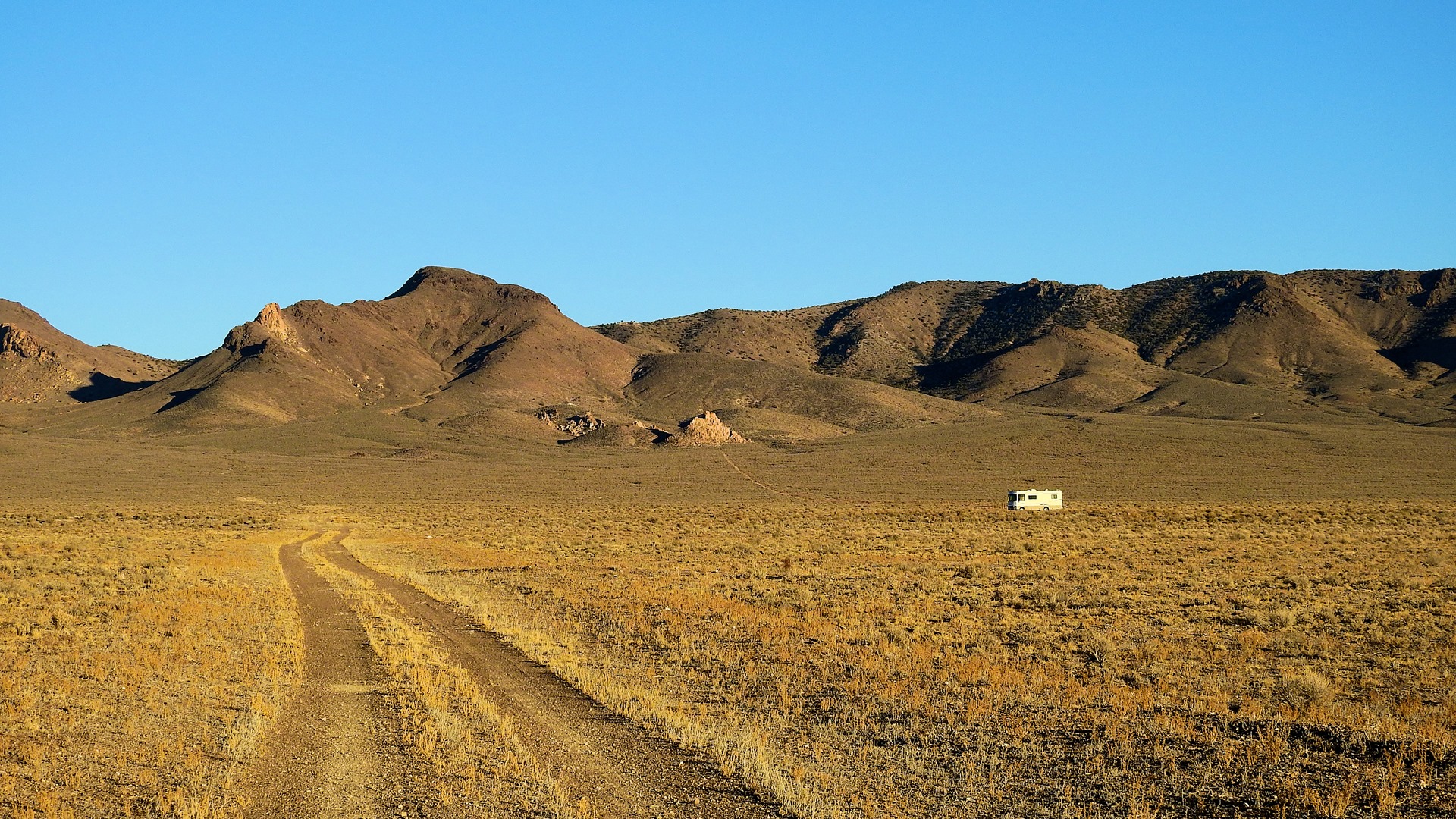
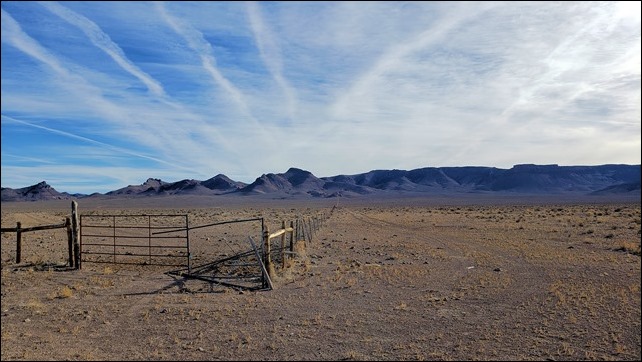
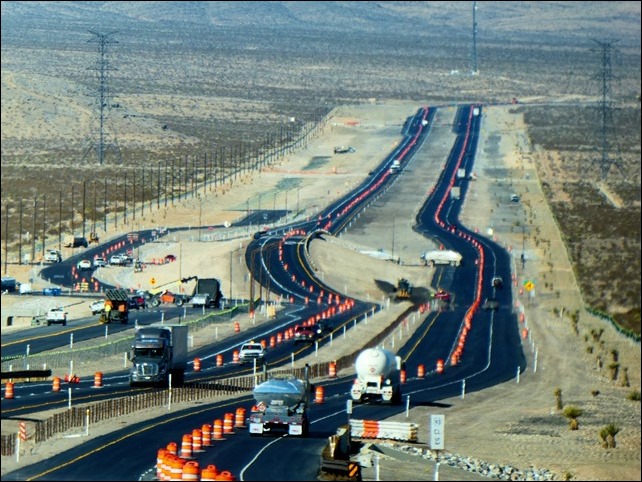
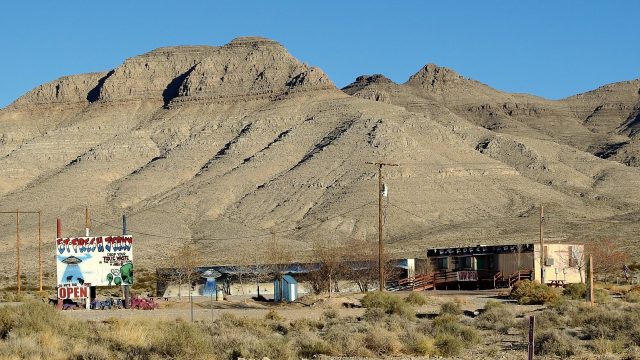
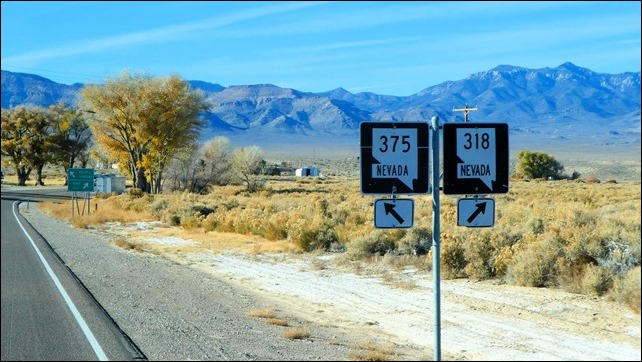
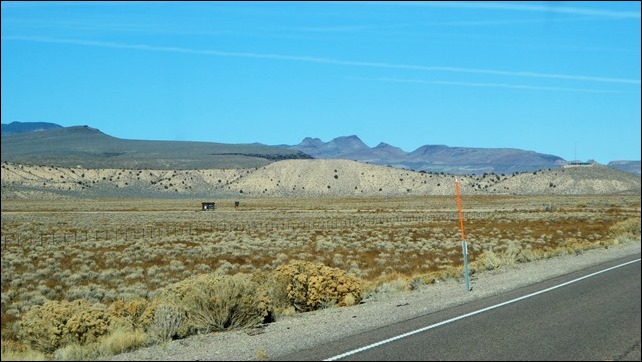
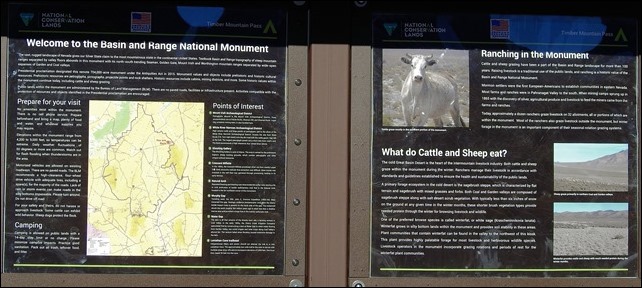
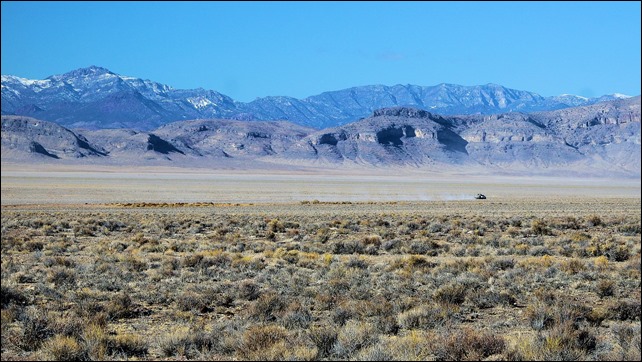
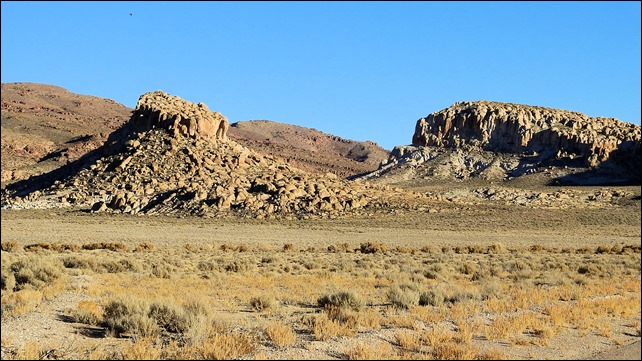
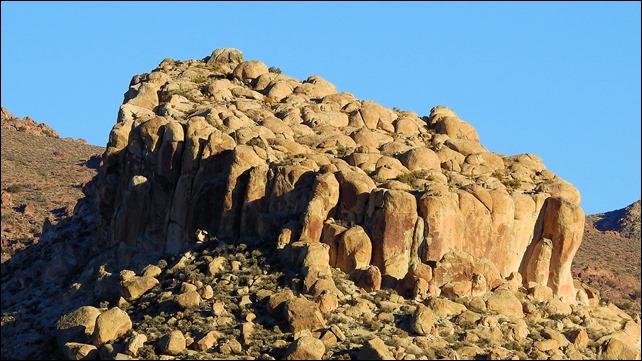
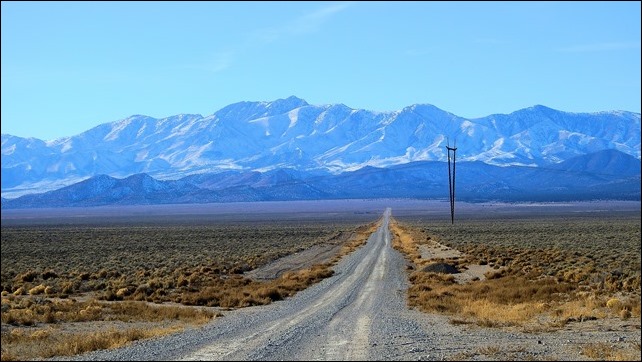
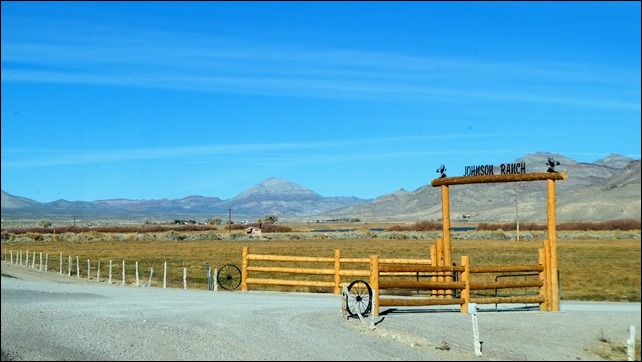
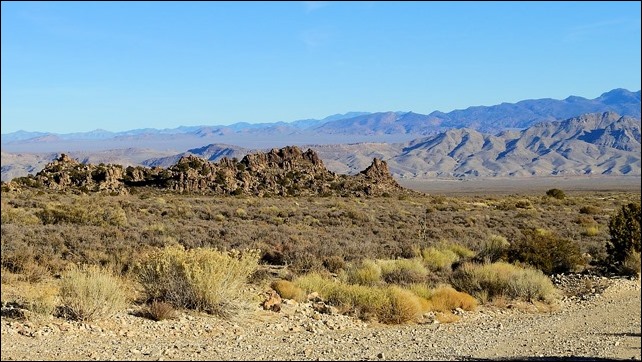
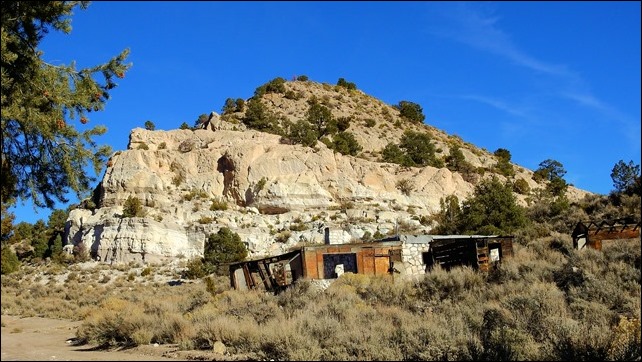
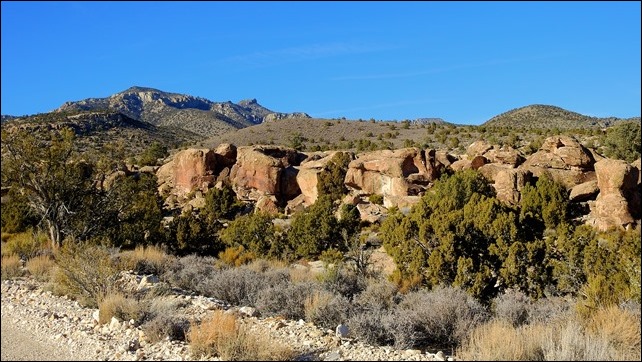
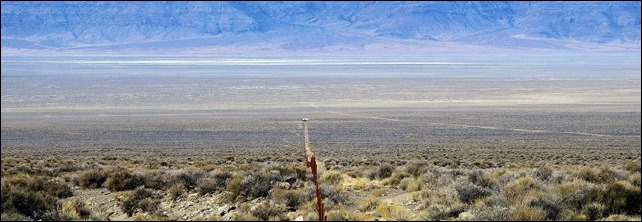
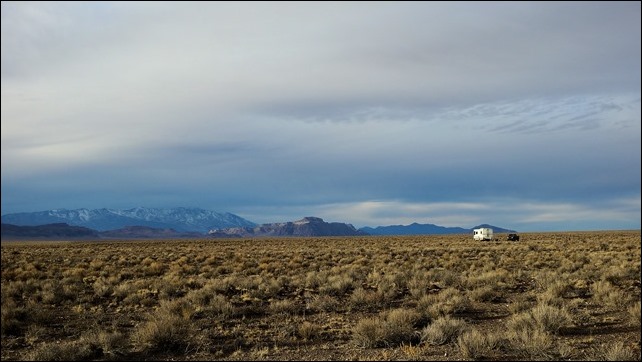
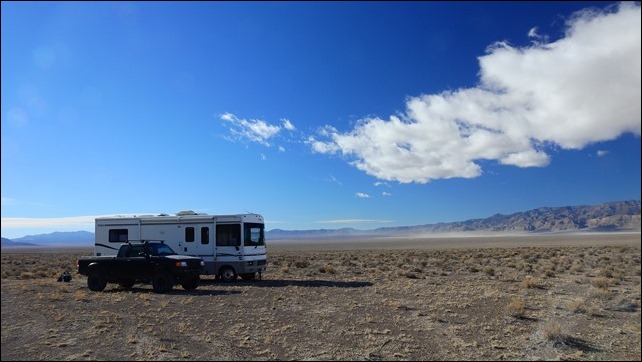
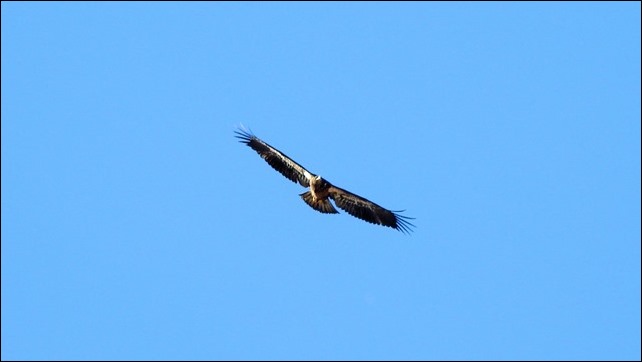
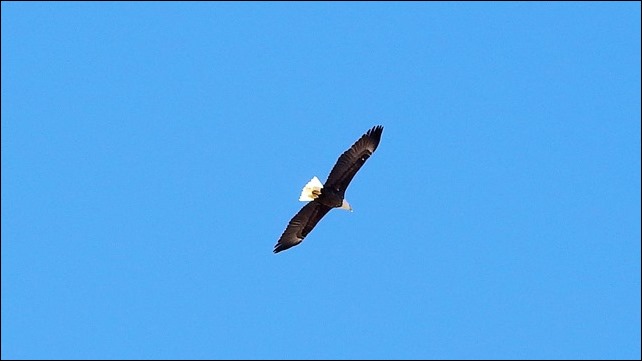
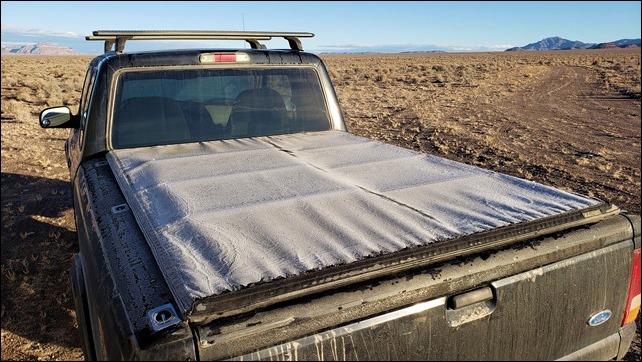
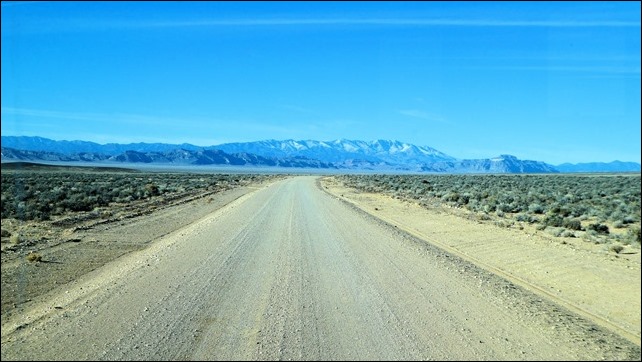
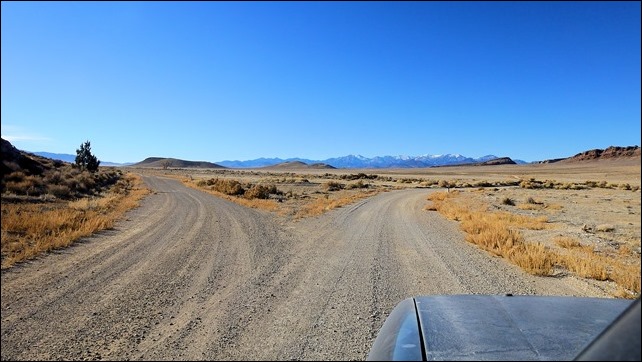
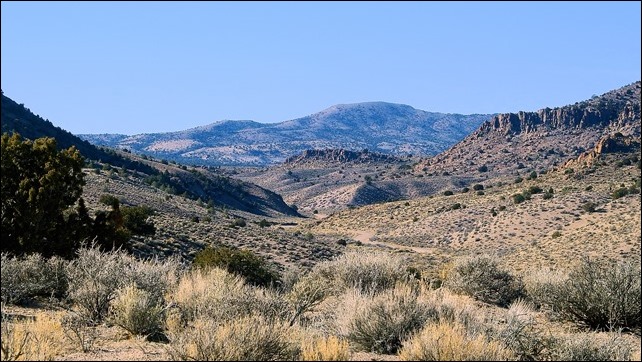
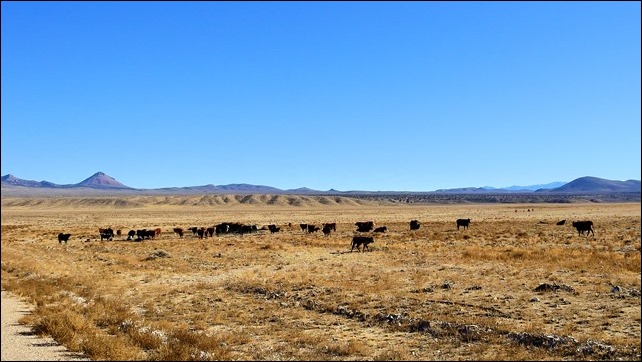
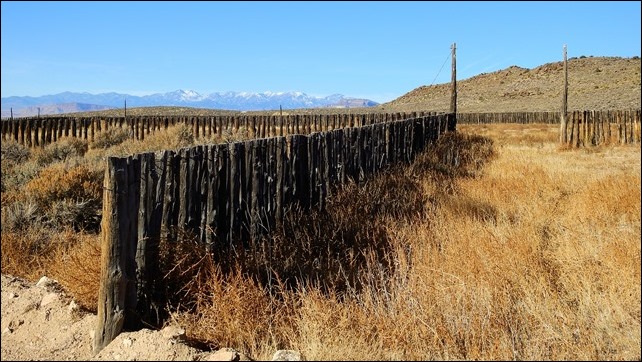
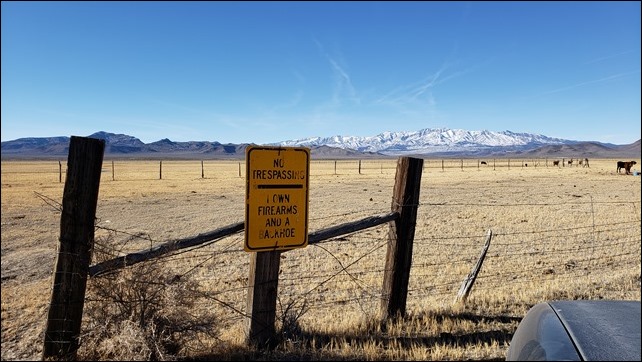
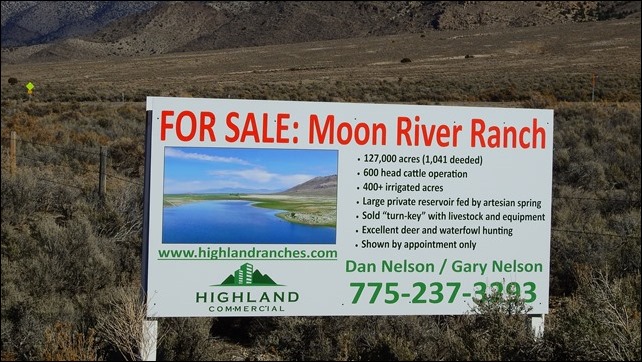
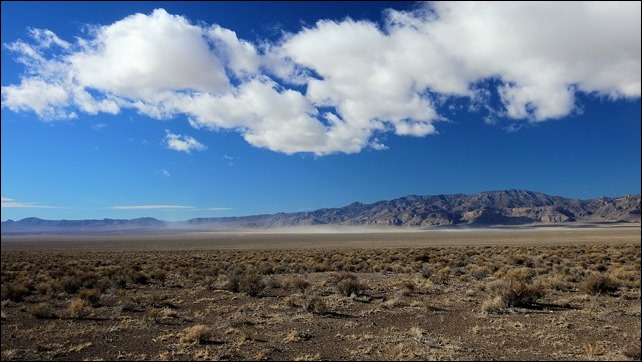
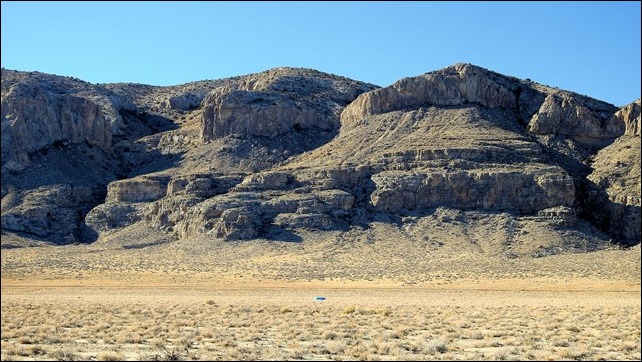
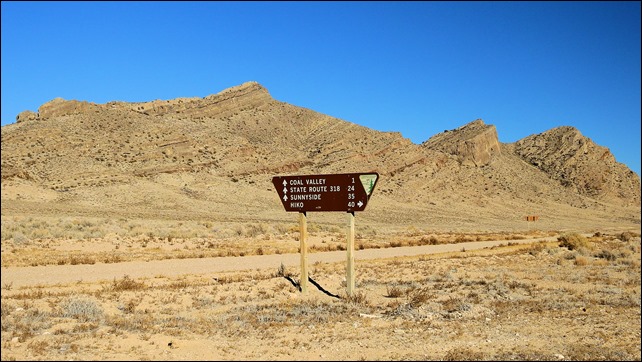
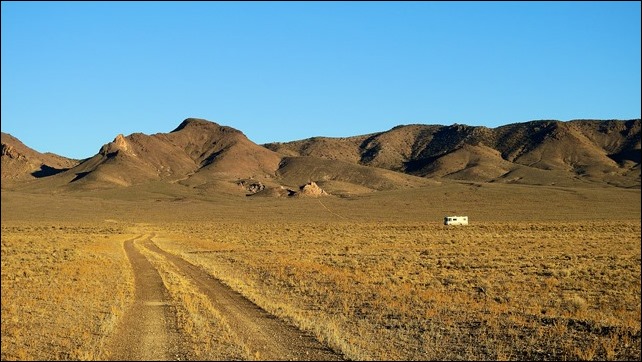
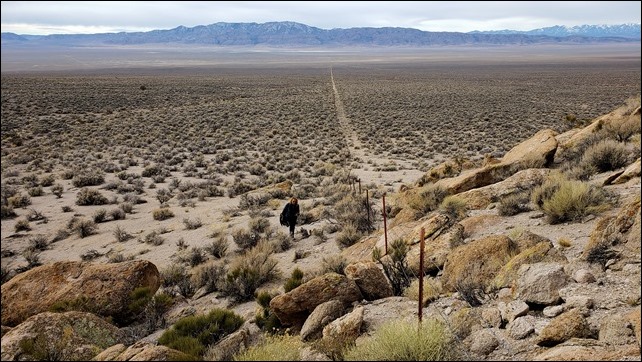
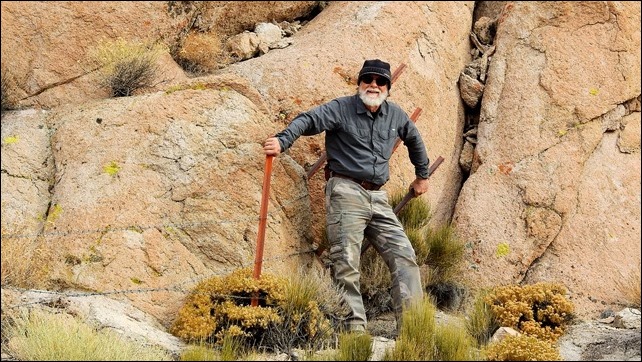
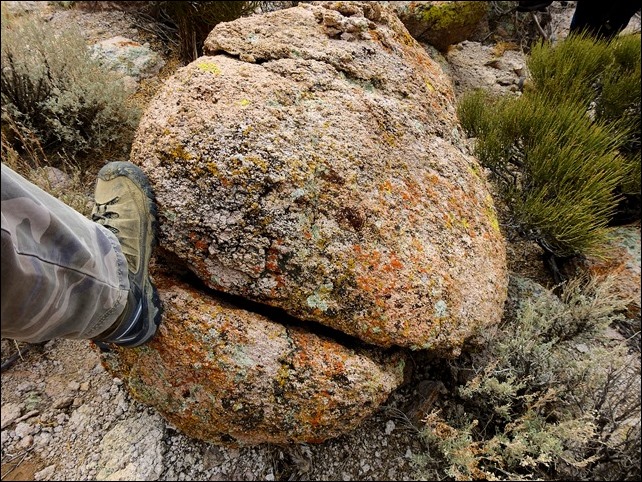
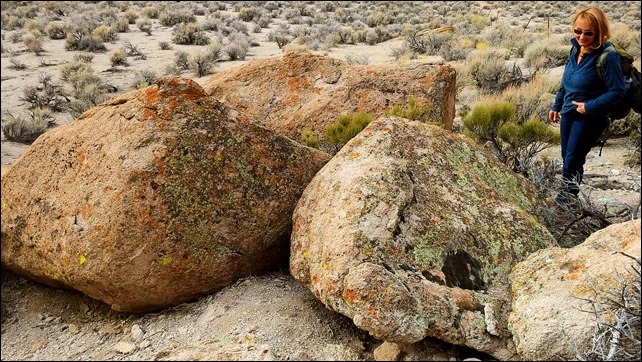
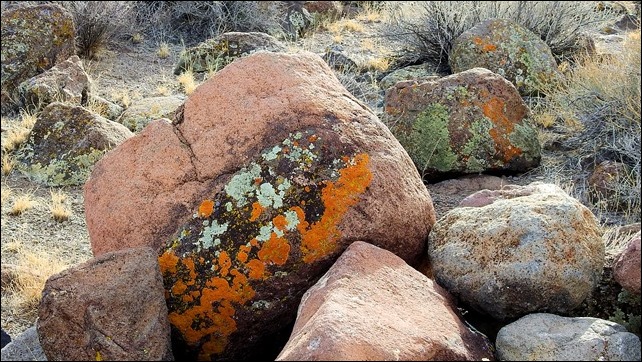
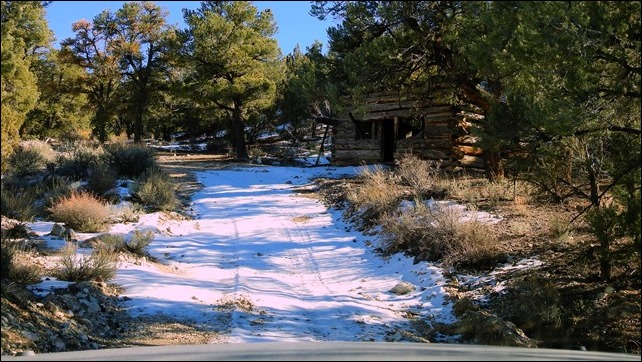
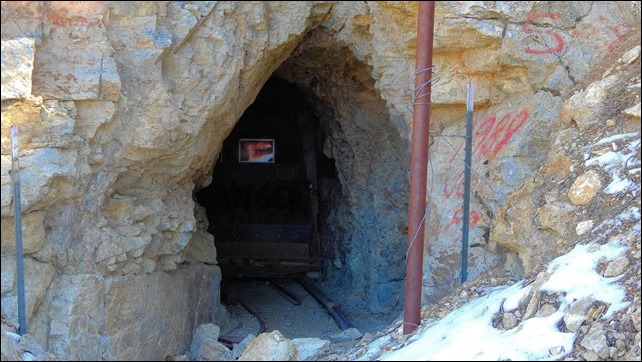
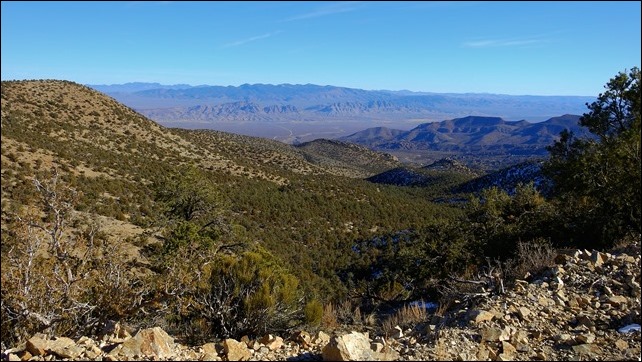
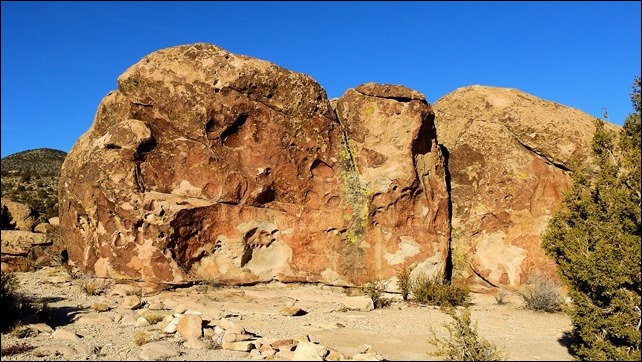
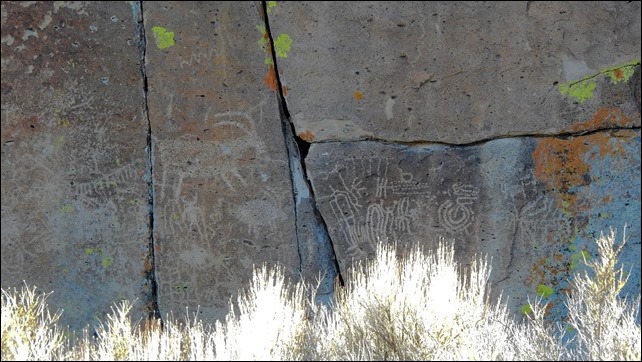
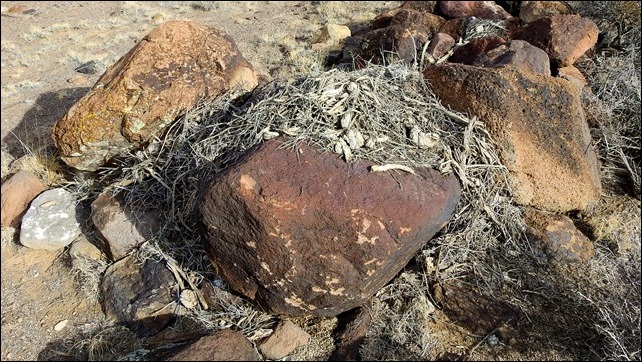
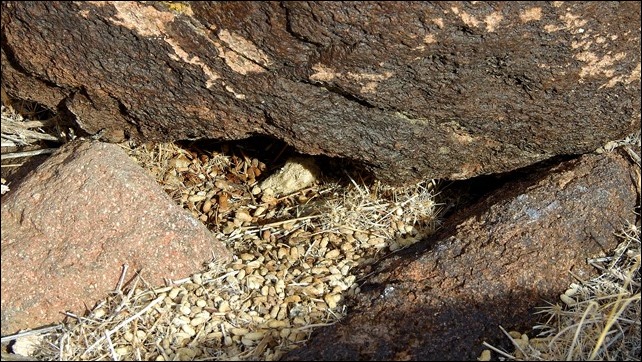
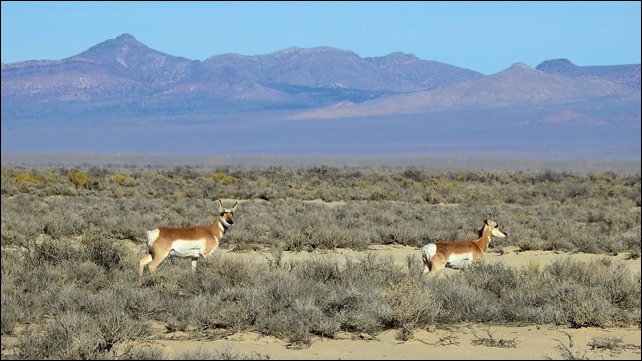
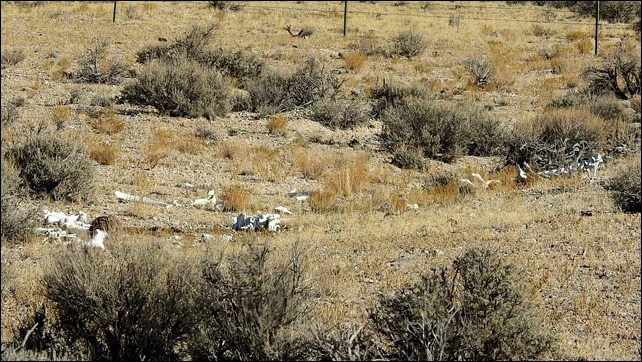
Great web site! I’m a newbie RVer. Picked up a used Class C to try out the RV life style. Traveled half way across the US from NY to Colorado & back; twice and lovin it!
And that trip was just moving my daughter and friend out there to attempt to live there. Didn’t work out so we brought them back a year later.
Not yet retired. Will be referencing your journey’s and blogs to be used as a ToDo list.
Keep traveling.
Stay safe.
Happy New Year!
Hey Jim,
thanks for reading… you might also want to browse through the content on rvtravel.com. I’ve written a few articles for them, and they have a great abundance of RV info and references.
Happy Travels (and New Year)
G.
Hi! My husband and I are new readers of your site, and are enthusiastically reading your 2015 posts from your trip to Alaska. We are hoping this will be OUR year to do it. We have a grandson (and his family) who is an air traffic controller in Fairbanks, and we haven’t seen him in a couple of years. What an adventure!
Dale & Kate
It truly was the trip of a lifetime. We’re talking about when/where to go back. Lots of space to explore…
Have fun,
G.
You do a remarkable job on your posts my friend! Glad you had quad shocks and other SS parts on there brother!
Best wishes and Merry CHRISTmas!
Thank you Robert.
Be prepared for a phone call some time… we need to talk more about shocks and suspension… :o)